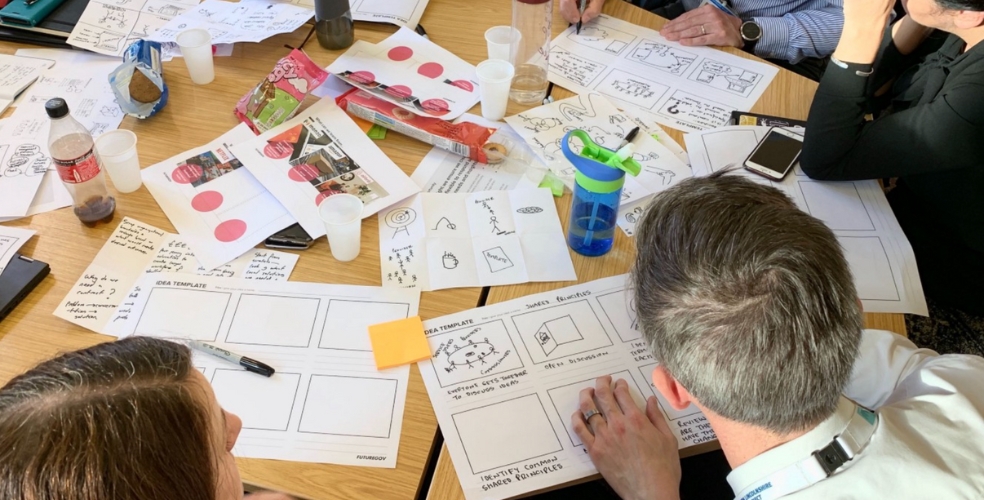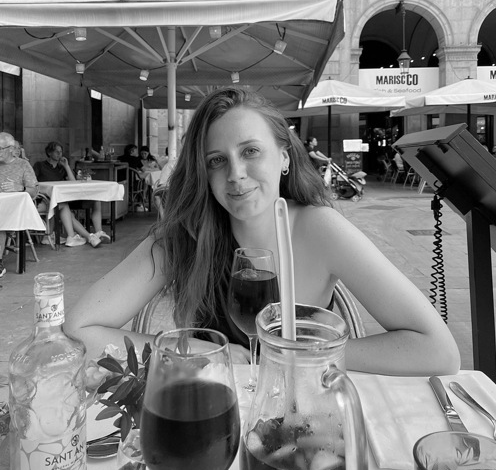I’m a big advocate for knowledge sharing, giving feedback and receiving feedback. I benefit a lot from sharing my work with other people in my team and welcoming different points of views about the problems I’m trying to solve.
Content reviews or ‘crits’ have always been a thing in our content design team but they haven’t always had good take up. In fact, I noticed that the team had started to ignore our scheduled Slackbot prompts: “Does anyone have anything to share in today’s crit?”. This doesn’t mean that we weren’t sharing our work with each other outside of those sessions, but we had stopped paying any attention to the sessions in our diaries.
Inevitably, and rightly so, project work and meetings had started to clash with those sessions because we always assumed nobody wanted to use the time. They had become the easiest meeting to ignore.
Testing the waters
Last year, I started to chat to people individually about content reviews, slipping the topic into conversation to understand how people felt about them. It seemed that we’d all become a bit unaware of our existing sessions for a few reasons:
-
people now had regular project clashes
-
nobody was really taking ownership of them
-
we had no structure or format around them
-
the purpose was too niche and was solely focused on getting feedback on a piece of work, instead of perhaps just sharing our work
With all of that in mind, I decided to post a message to the team in Slack to see how people would feel about changing things up a bit. The response was positive and it seemed people were willing to give this another go, yay! This meant I could move onto the next step.
Finding the time
The next step was to find the time in people’s busy diaries.
My colleague Alice suggested alternating days and times every two weeks to accommodate busy schedules. I followed up by meticulously checking each person's calendar to ensure everyone could attend at least one session, an important step to make the new system work.
Of course, the nature of working at a consultancy means we’re not always working on the same project for a long period of time. Over time, as people go onto work on different things, people’s availability will shift. It’s likely we’ll have to reconsider the meeting occurrences at some point, but we’ll cross that bridge when we get to it.
All systems go
Once I’d found a rhythm which worked for everyone, it was time to send out the invites and get the ball rolling.
The intention for these sessions was to never make them mandatory. We’re all busy people, working on projects which require the majority of our attention and focus.
It’s also important for people to not wait for these sessions if they need to talk about something which is time critical. We can use our content design Slack channel for quicker sense checking, or people can see if anyone’s free for an impromptu call.
I included all of this information in the description of the invite, including some examples of things people could bring along, like:
-
sense checking a structure for an upcoming client workshop
-
checking the tone of voice on some microcopy
-
making sure a heading structure is logical
I also put together a basic template people could use if they wanted. It includes some context about the work being shown, anything specific the person running the session might want feedback on, and information about how to run the session.
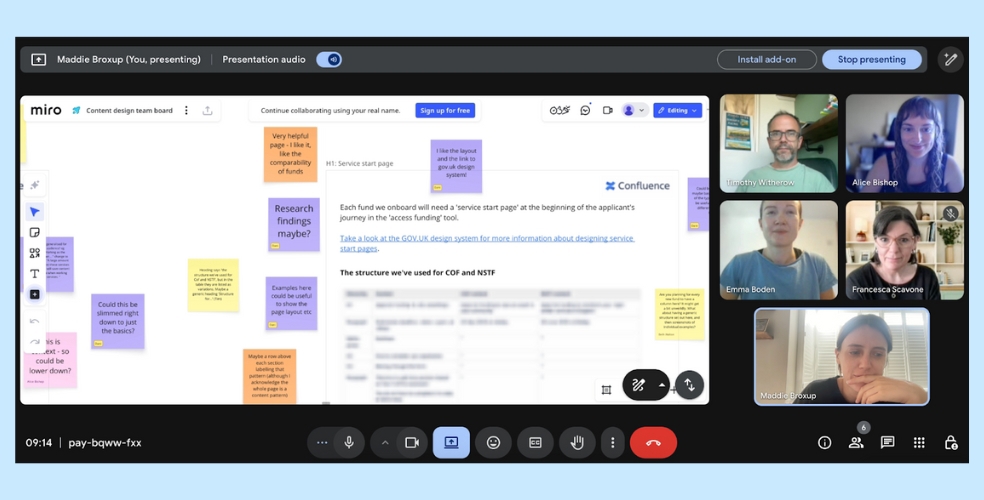
How it’s going
We kicked off the crit refresh in March 2024, scheduling a session every two weeks. We ended the year with 10 out of 18 sessions going ahead, which is about 56%.
So far in 2025 (today is 10 July), we’ve had 5 out of a possible 14 sessions go ahead.
Our intention isn’t to remain at 100% attendance the entire time. It’s OK for numbers to fluctuate because it depends on people needing support. We’re happy with how things are going right now and we’ll continue to monitor uptake throughout the rest of the year.
Our recent design blog posts
Transformation is for everyone. We love sharing our thoughts, approaches, learning and research all gained from the work we do.
-

-
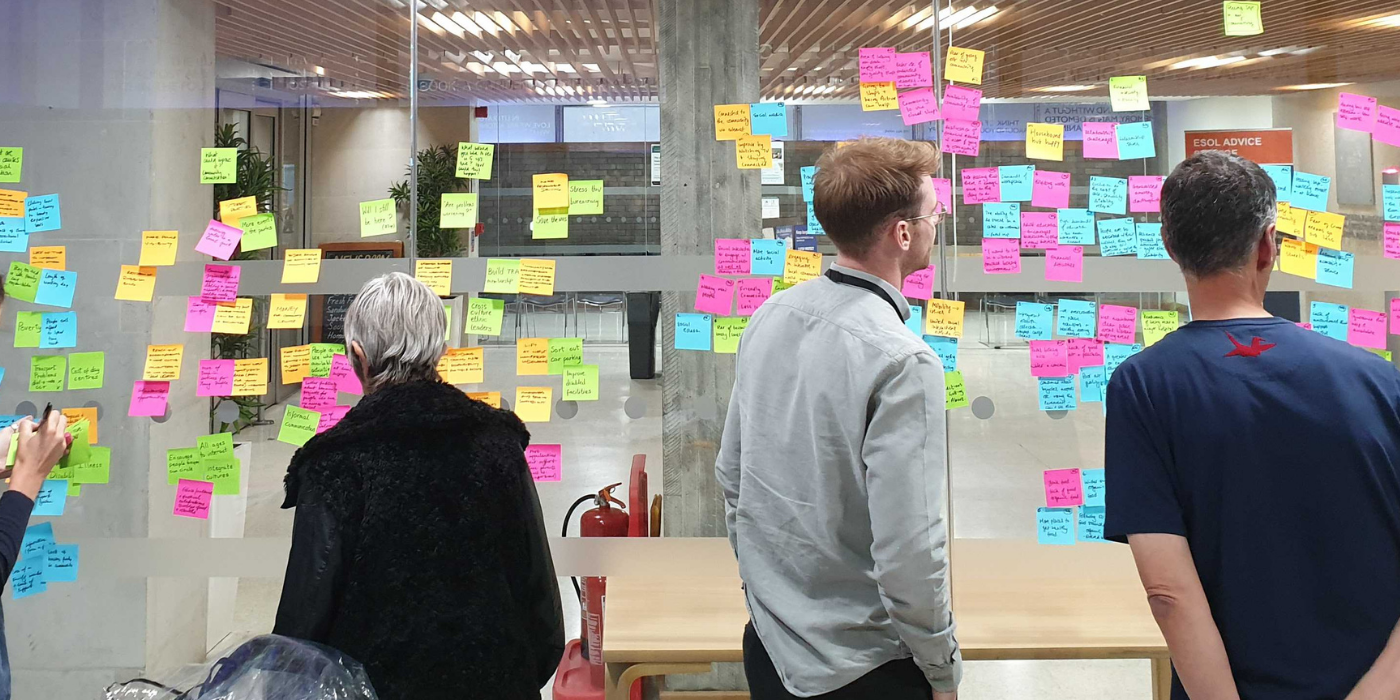
Naming services in complex situations
Read blog post -
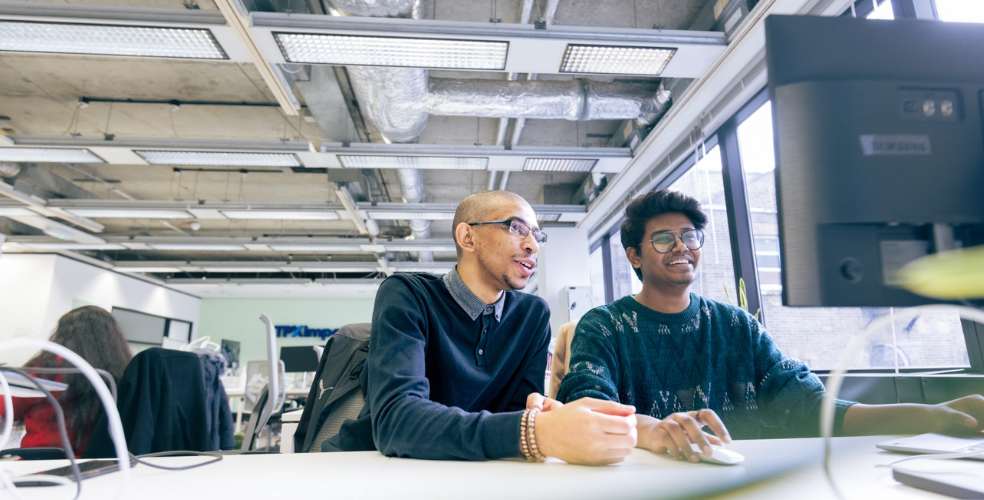
Using inclusive research approaches with Blood Cancer UK
Read blog post -
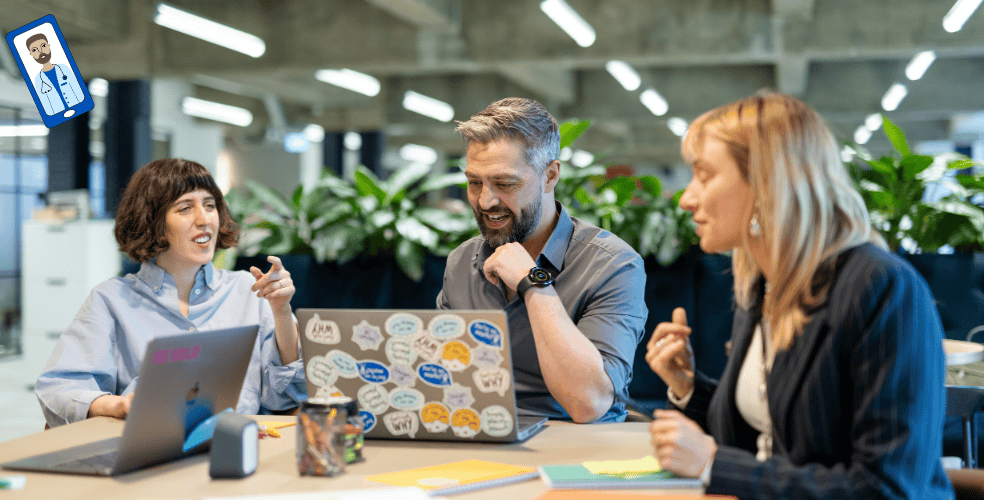
Designing for users who don’t exist (yet)
Read blog post
